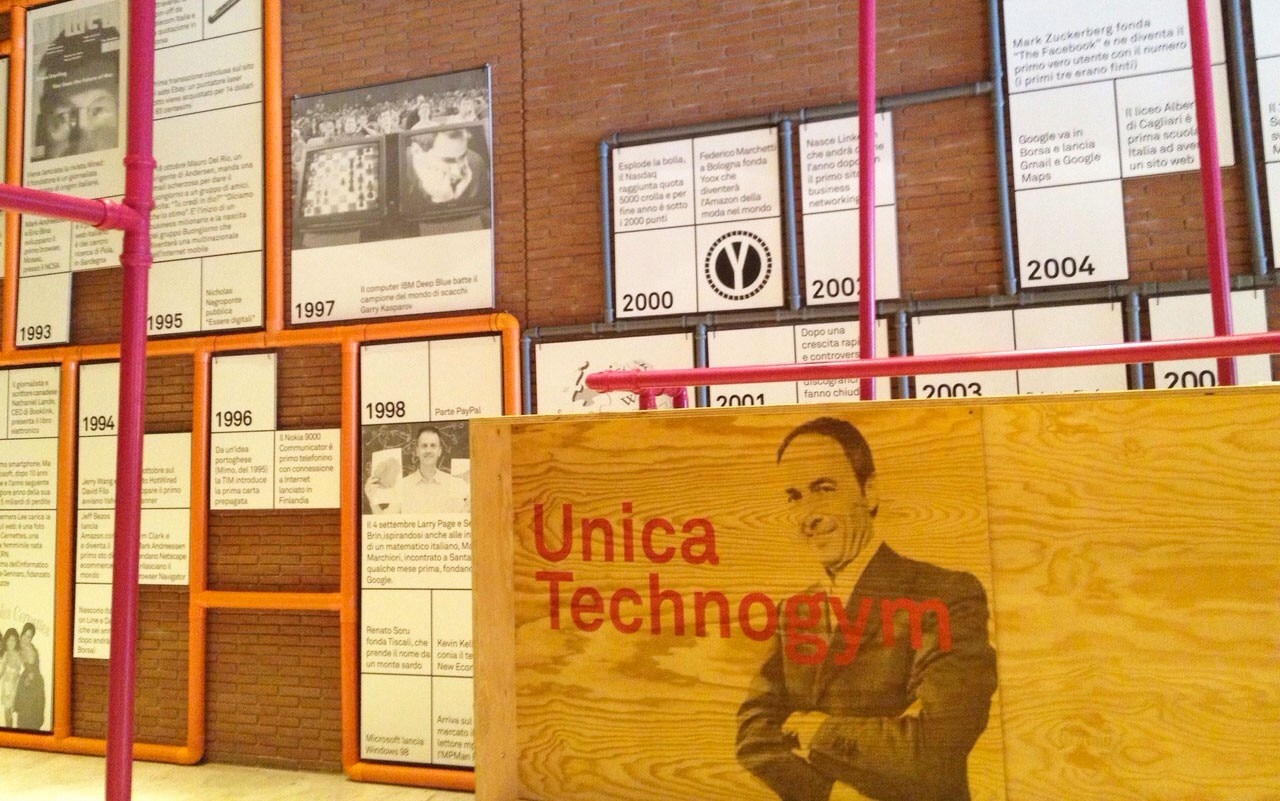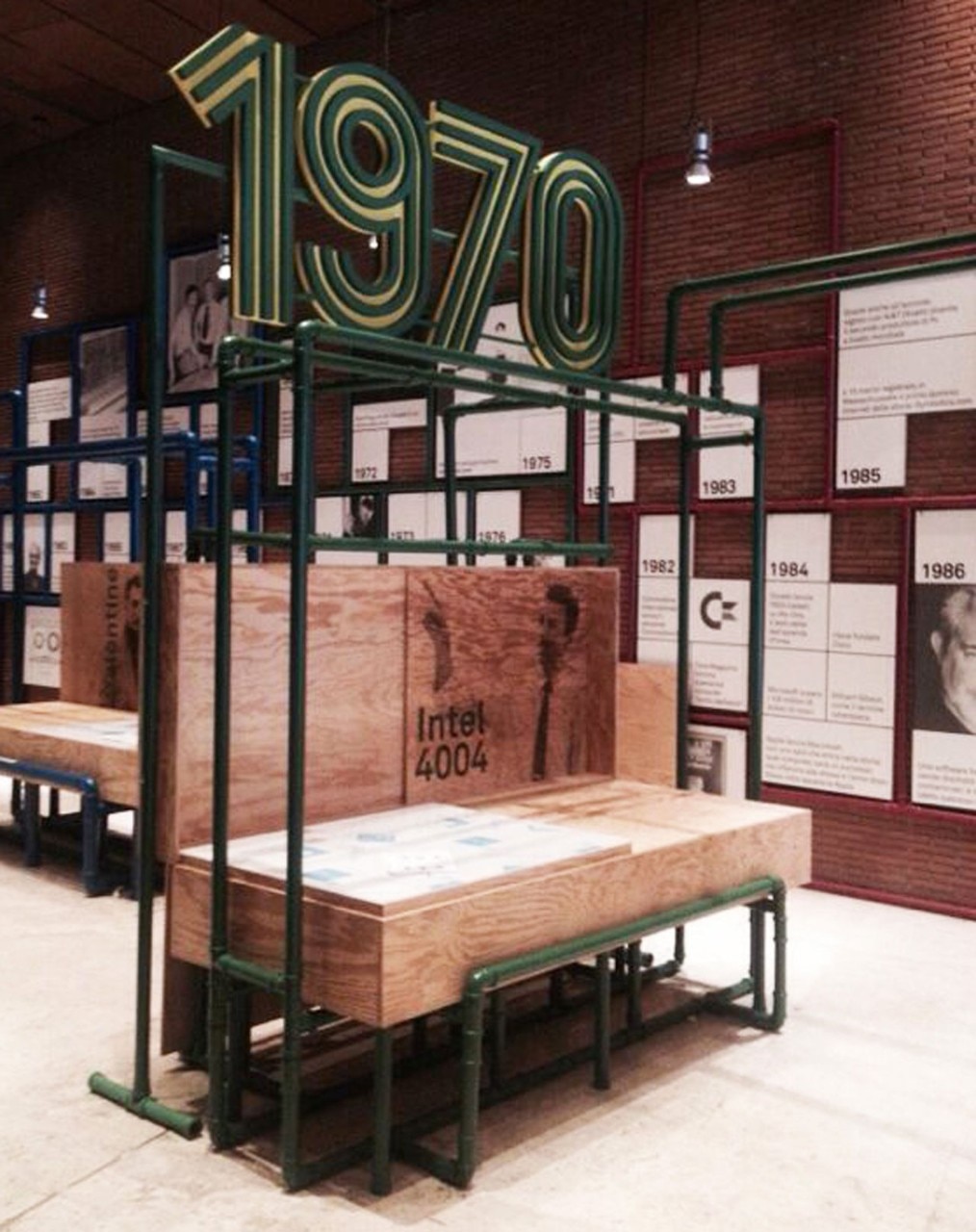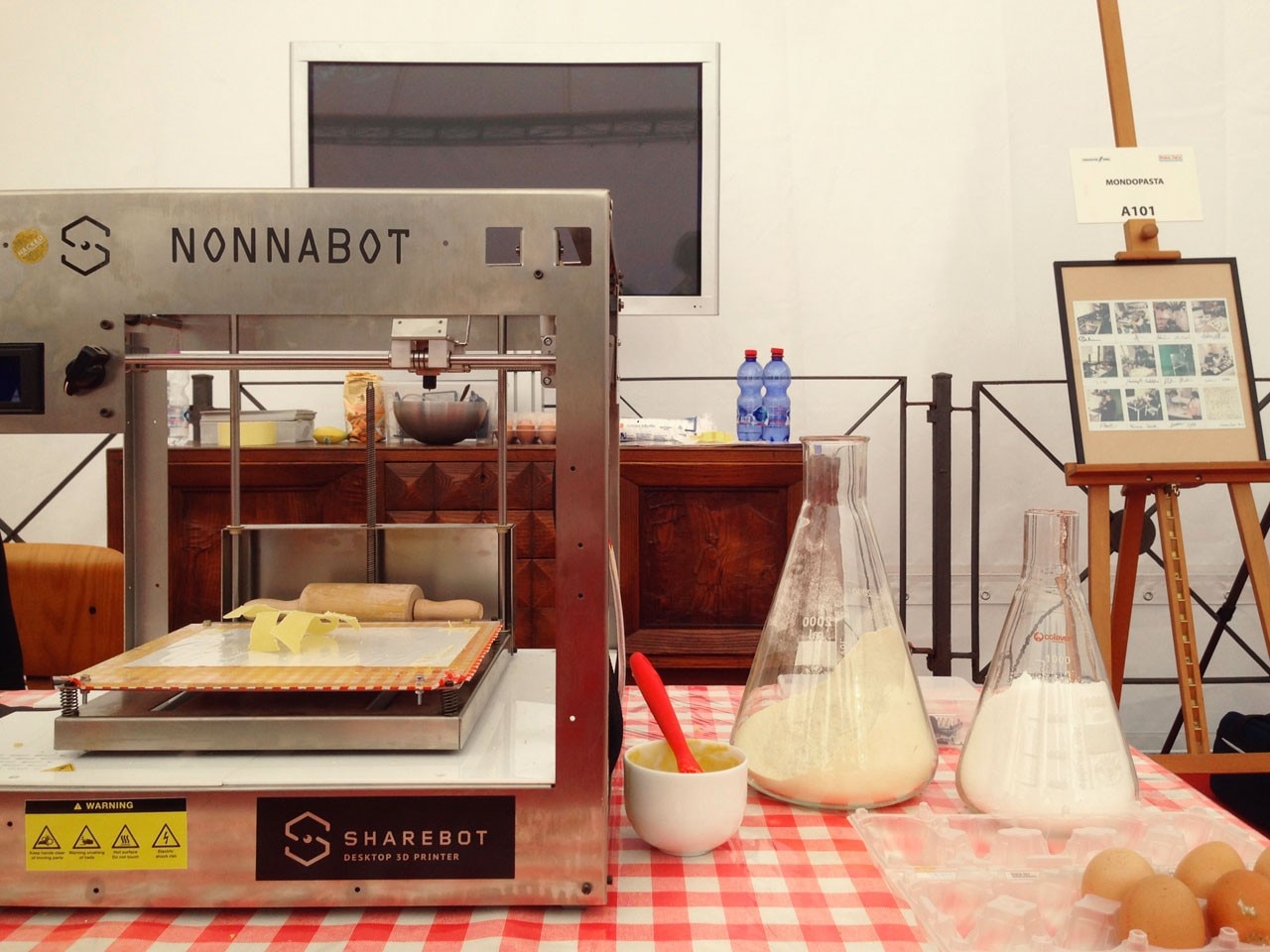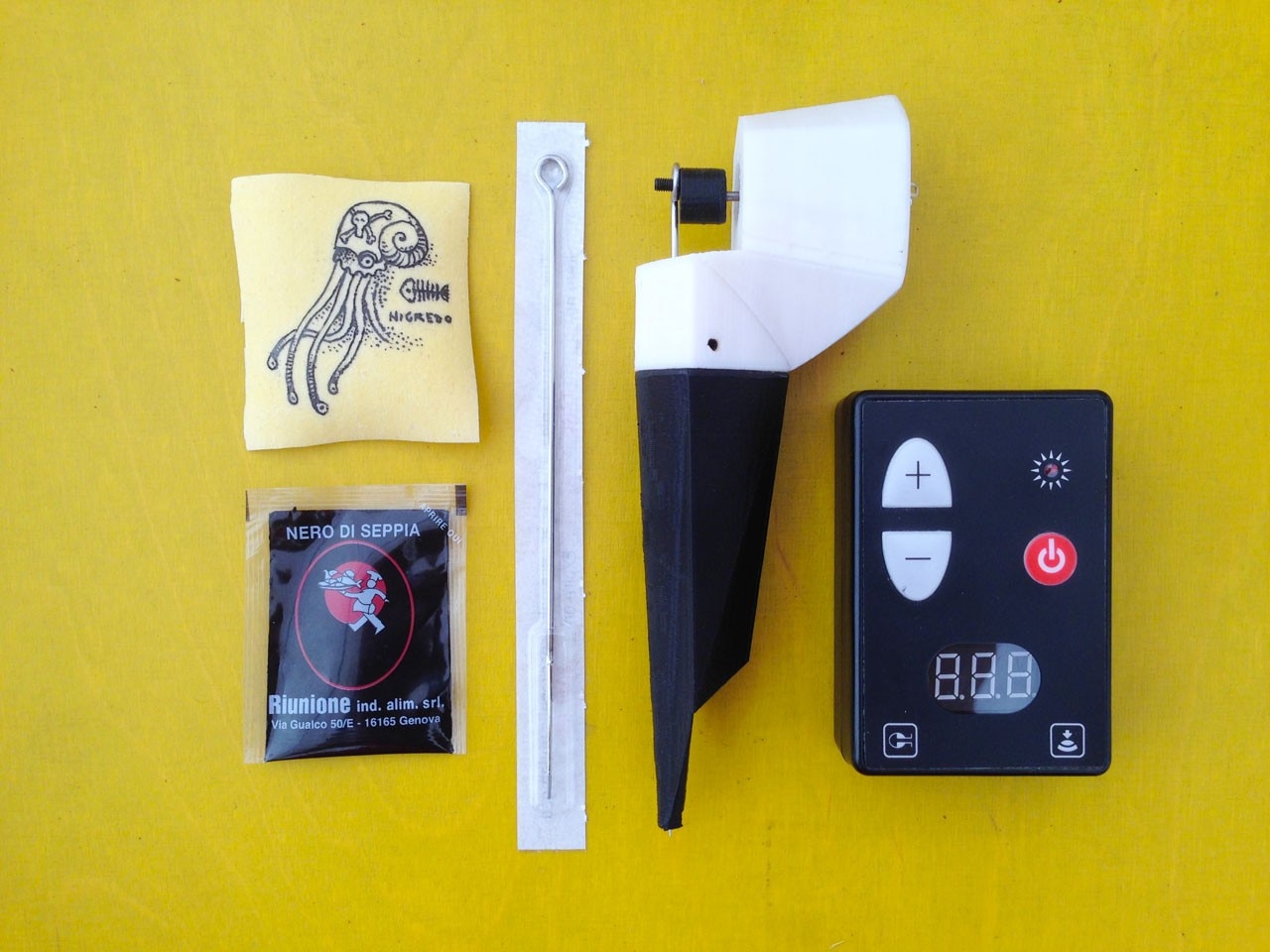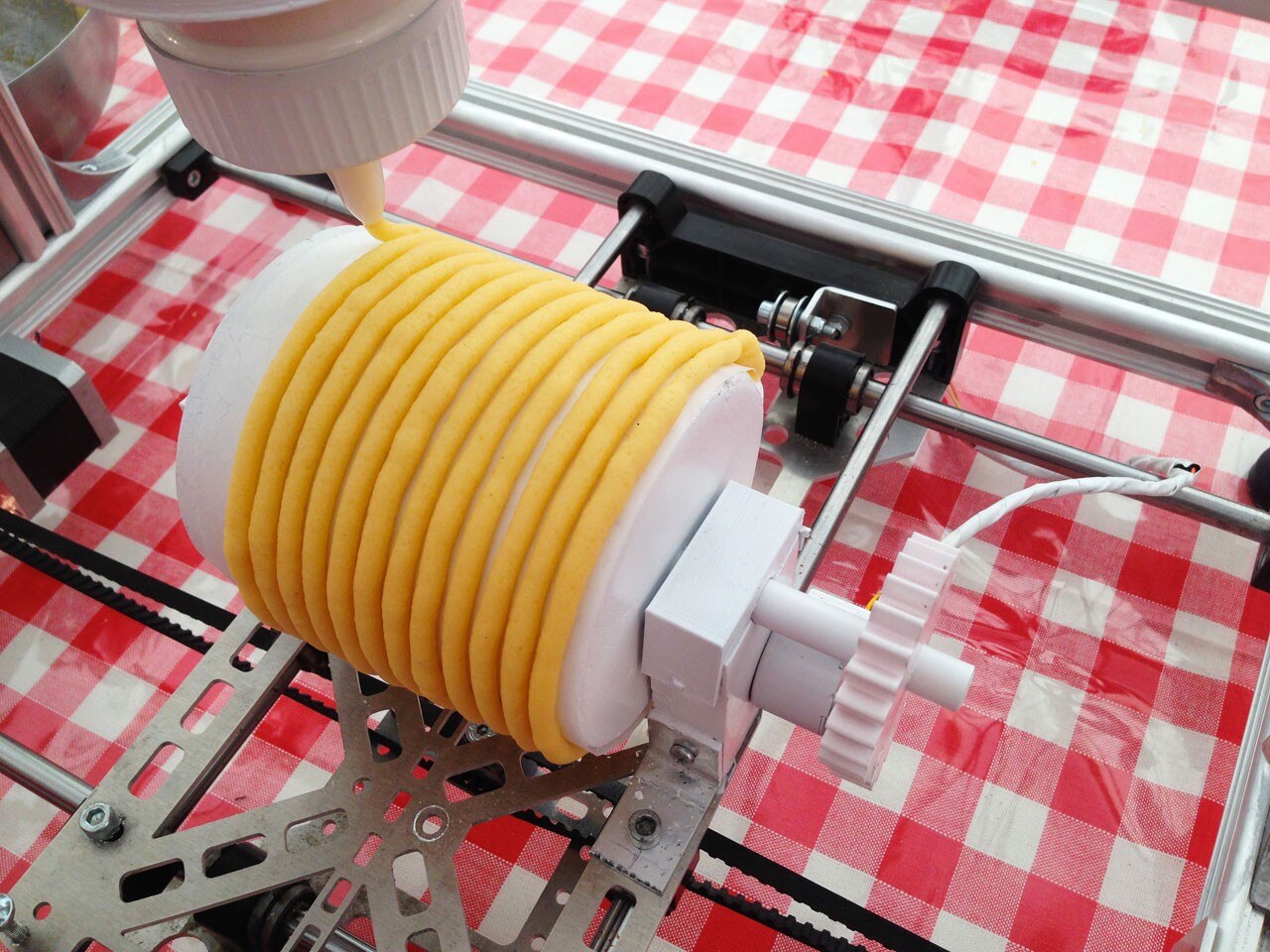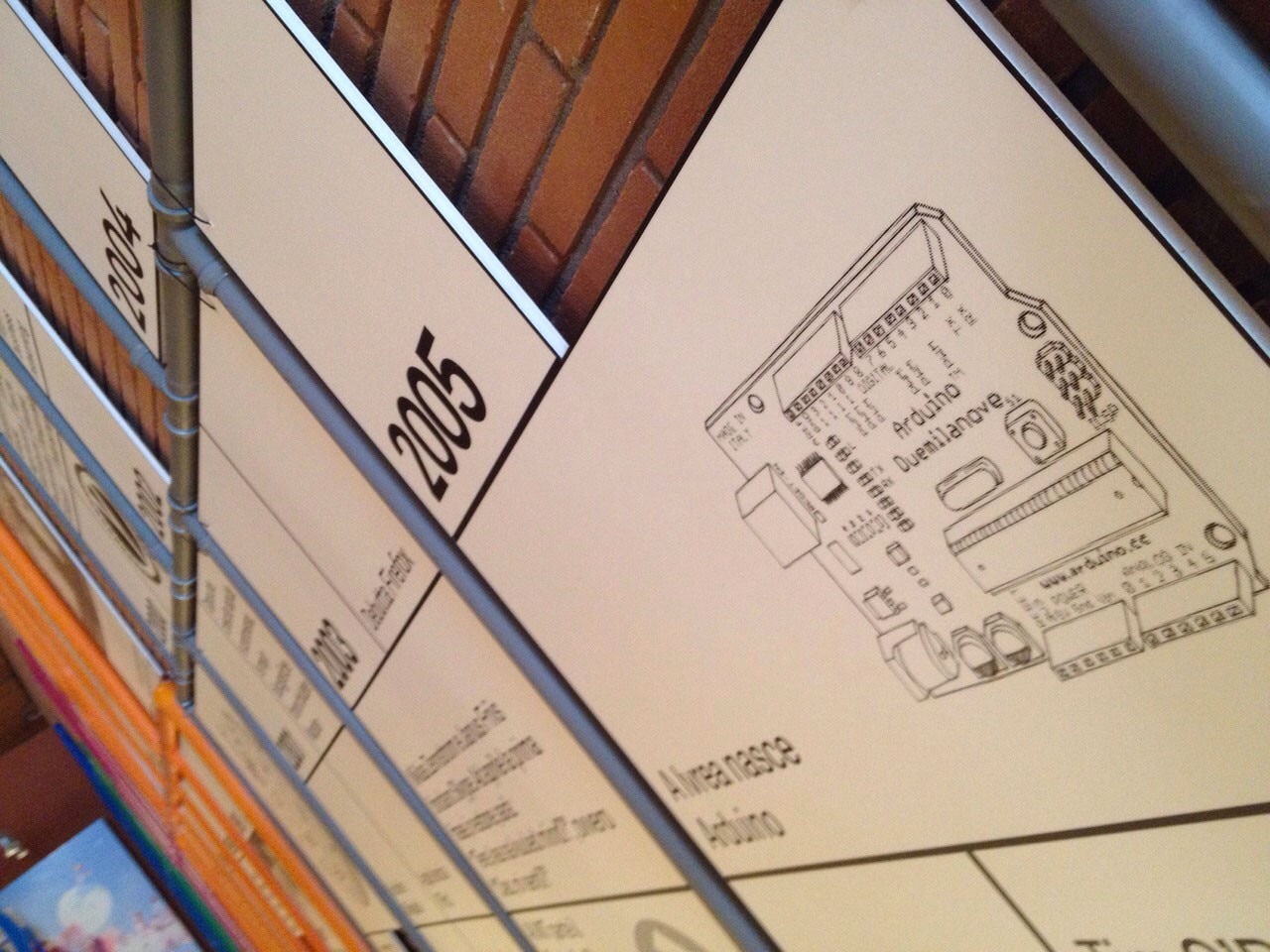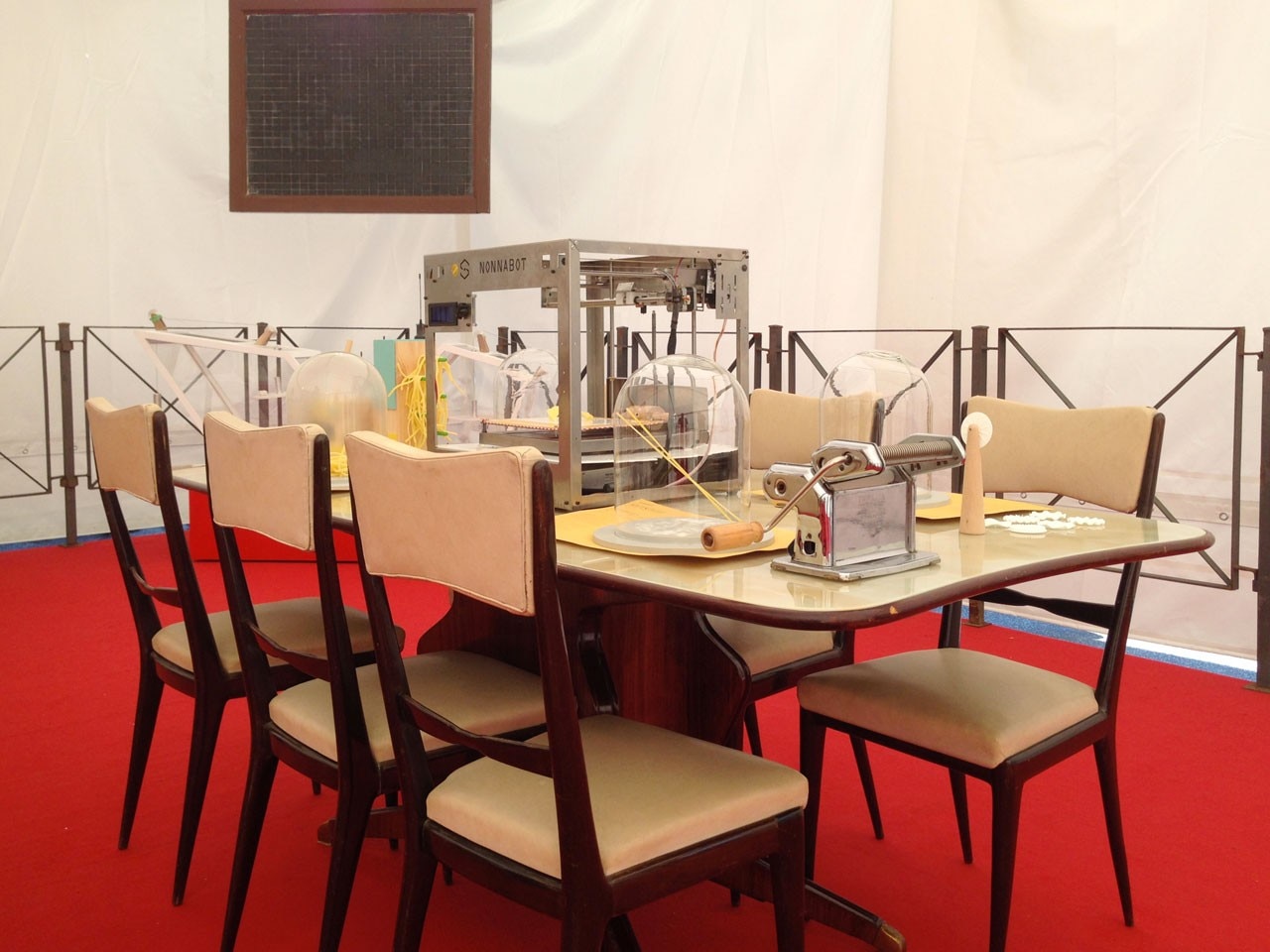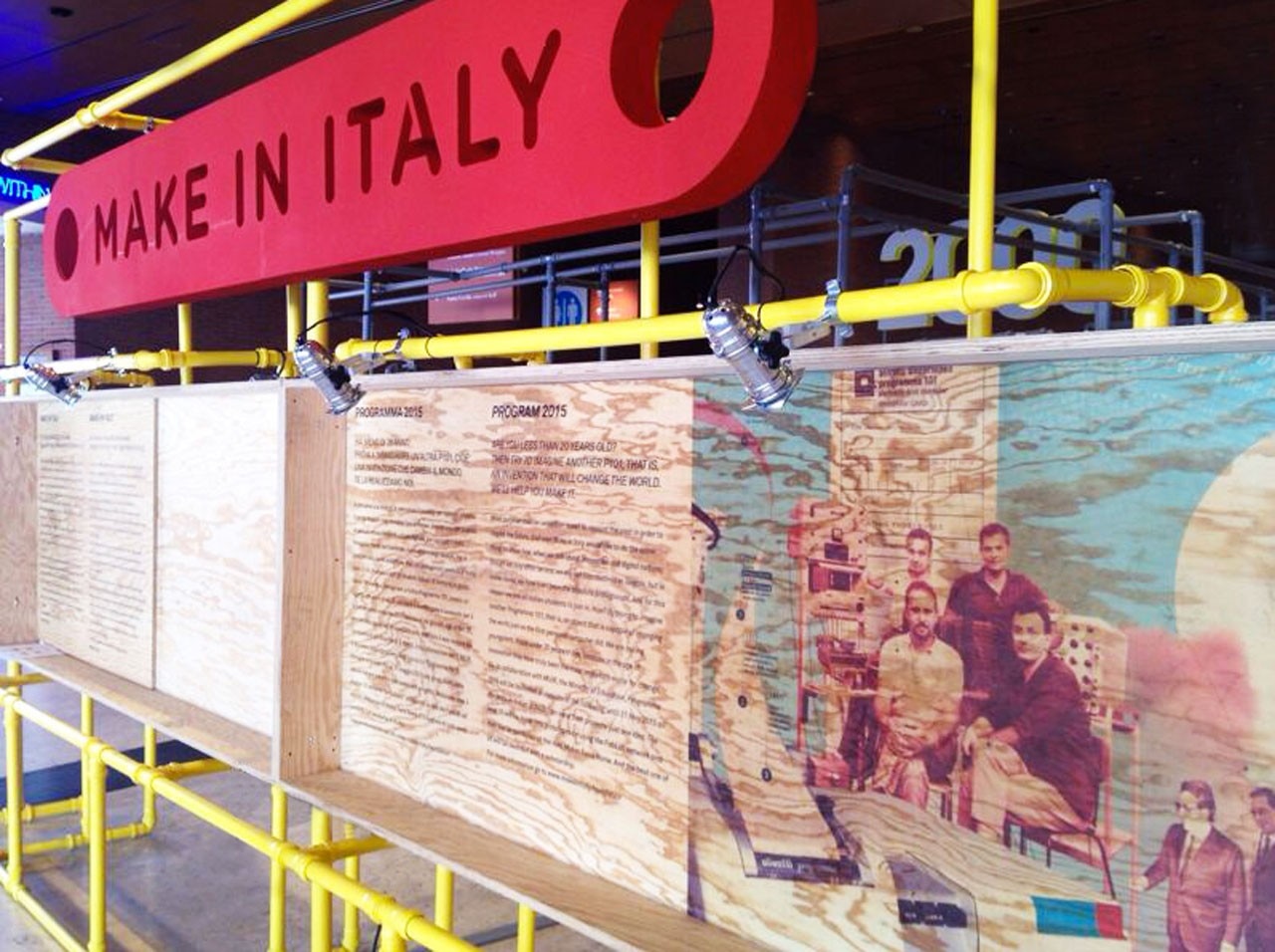The paths of the makers and designers seem to diverge considerably in terms of aesthetics. Something similar happened at the Great Exhibition in London in 1851, when the new machine technology was creating goods that still resembled the products of animal or artisan traction.
